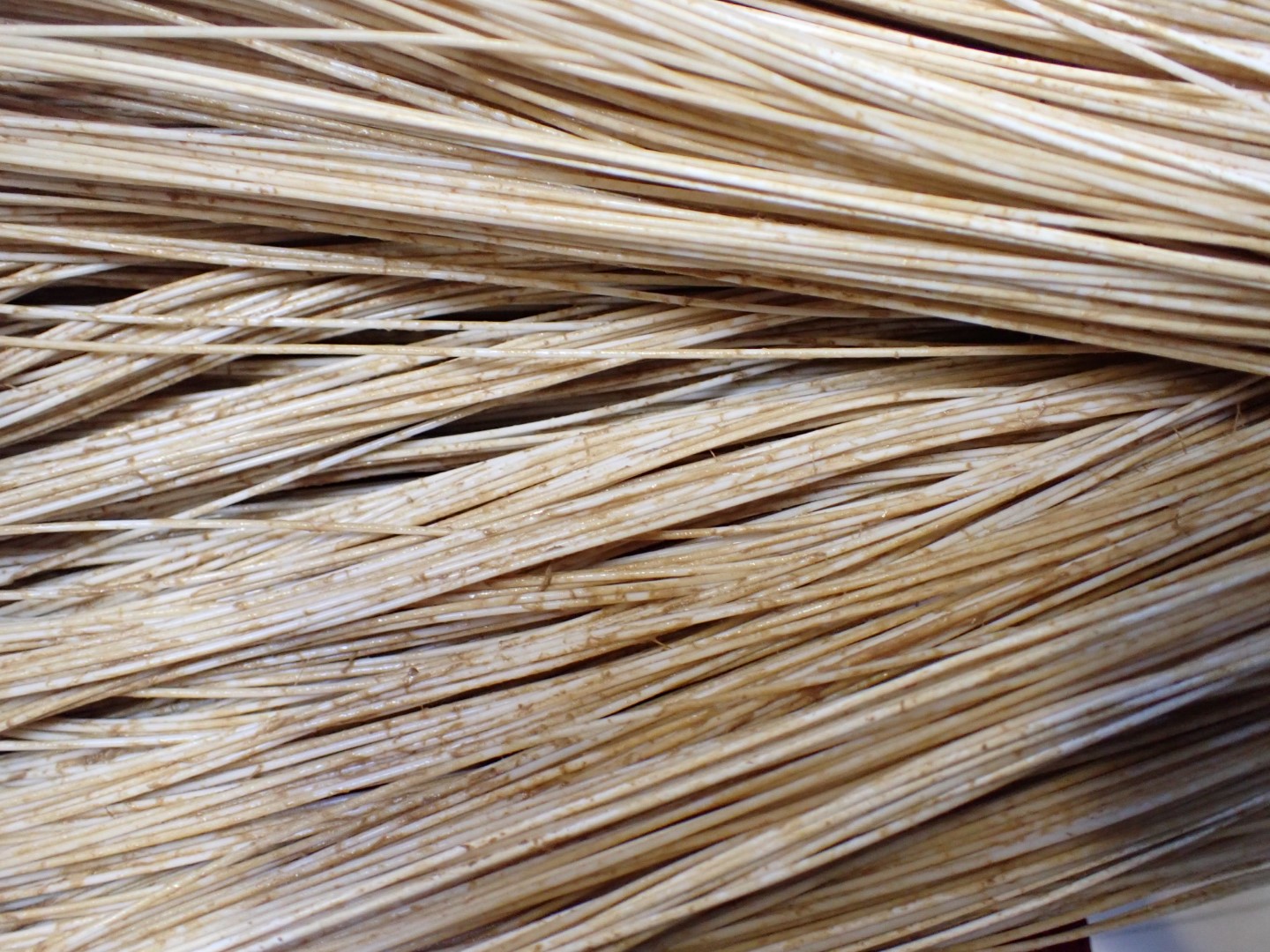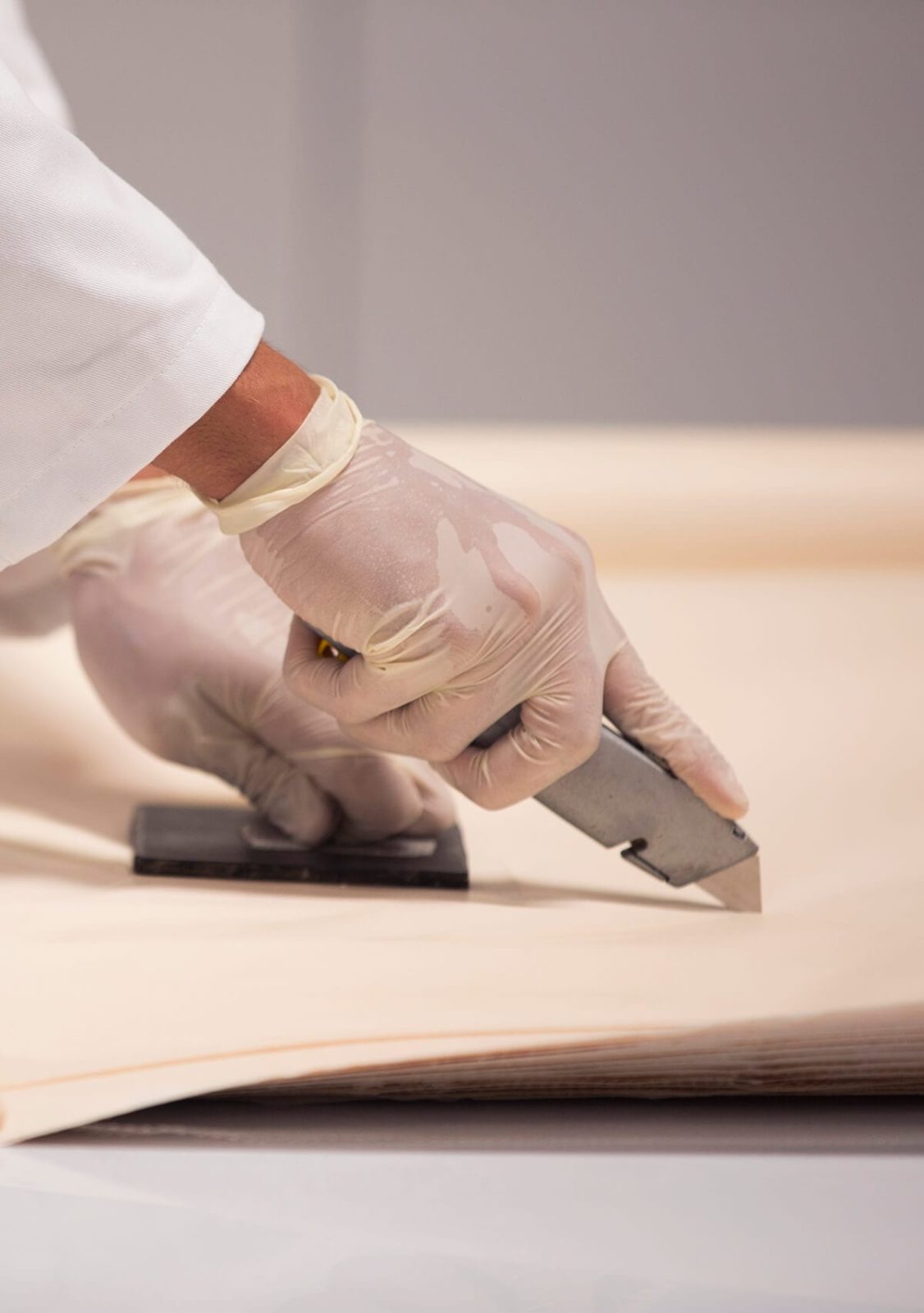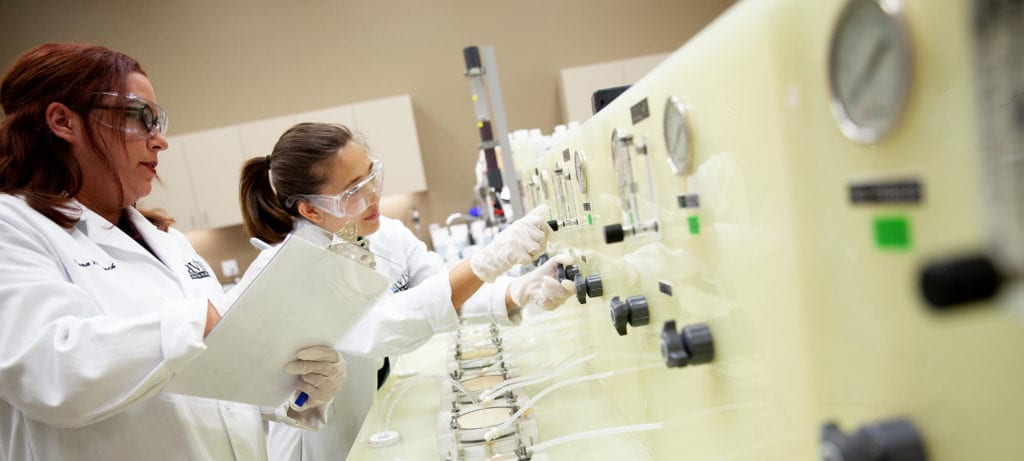Microfiltration In the Pure Water and Industrial Water Sectors
As the world’s population and living standards steadily grow, so does the need for robust and effective water- and wastewater treatment systems to support human, agricultural, and industrial water uses. Membrane separation and filtration technology is state-of-the-art and is steadily replacing traditional granular filtration in many applications.
Micro-filtration (MF) is a process in the pressure-driven membrane filtration series of micro-filtration, ultra-filtration (UF), nano-filtration (NF), and reverse osmosis (RO). MF has the lowest rejection of impurities, while Reverse Osmosis (RO) has the highest.
Generally, these processes are similar in that a contaminated liquid is passed through a semipermeable membrane which removes micron-sized particles that are too large to pass through the particular membrane’s separation surface, resulting in a liquid stream with the contaminants or impurities removed. Retained particles accumulate on the membrane surface, for periodic physical or chemical removal.
Each filtration range has a particular application for which it is best suited. MF and UF are generally used for pre-treating industrial process liquids before a second downstream separation stage (NF or RO). The end product of this ‘series’ of treatments is potable water, service water for reuse or irrigation, or to have a final effluent that can be safely discharged into the environment.
Outside of the water sector, membrane separation is also used in industrial separation processes, such as refining oil and concentrating proteins like whey.
Microfiltration Membrane Materials and Configurations
Microfiltration membranes are made from various polymer materials such as polyamides (PA), cellulose acetate (CA), and polysulfone (PS) or polyvinyl difluoride (PVDF). These polymers have good mechanical strength and chemical stability and can form a strong layer with only a very thin surface. However, for filtering particularly unique or aggressive waters with high pH or temperatures, ceramic or stainless steel can be used to give greater longevity.
MF membranes are offered in various configurations by suppliers, with each configuration having a specific use and associated advantages and disadvantages. These membrane configurations include:
- Pipe-shaped membranes: capillary, hollow fibers, tubular;
- Flat-sheet-shaped membranes: flat plate or spiral-wound
The ‘pipe-shape’ offers a large membrane surface area within a smaller space in comparison to a ‘flat-sheet’ membrane. The major drawback though is that the smaller space hinders the membrane cleaning systems – as with all membrane technology systems, maintaining the membrane performance via correct cleaning and operation is paramount.
Features of Microfiltration Processes
In comparison to UF, which is the closest filtration range to MF, the key difference is simply the pore sizes: the MF membranes’ pore size range is from 0.1 to 10 μm in size (where 1000μm = 1mm), while the UF membrane range is from 0.01 to 0.1 μm. This affects which particles in the feed stream can pass through the membrane, and which particles are retained by the membrane filter. As a further comparison, sand filters traditionally used for drinking water purification are equivalent to approximately 10μm in filtration rating without the use of a filtration aid chemical, so are not as effective at removing contaminants and physical separation as MF. In addition, MF membranes can provide a high flux (gallons per hour per square foot of membrane surface) compared to media filters.
As the pores in MF membranes are large compared to the other filtration ranges, the driving force pressure needed to send the liquid through the MF membrane is comparatively low and ranges from 1.5 to 40 psi (0.1 to 3 bar), which is comparable to granular media filtration. In comparison to other membrane processes, reverse osmosis pressures for brackish waters are up to 130 psi (10 bar) and even higher for seawater desalination.
Pre-treatment for the Microfiltration Process
To prevent membrane damage by hard or large molecules in the feed water, it needs to be pre-filtered before microfiltration or ultrafiltration takes place. This is typically done via a micro-strainer or cartridge filter, which has pores between 0.5 and 1.0 mm (500-1000 μm) depending on the composition of the wastewater. The strainer is a low-cost item in comparison to the membrane modules it protects.
Microfiltration Operations
The 2 general methods of microfiltration systems operation are “dead-end” and “cross-flow” filtration. Dead-end filtration is when the feed stream is applied perpendicular to the membrane surface, similar to a sand filter. Particles that are smaller than the pores pass through the membrane together with the liquid passing through, while larger suspended particles accumulate on the membrane surface as a cake layer.
The feed stream is applied alongside the membrane surface in cross-flow filtration. As the feed flows across the membrane surface, filtrate passes through it, and concentrate accumulates at the opposite end of the membrane. There is a high shearing flow velocity at the membrane surface, which helps to reduce the buildup of membrane-fouling of the retained particles.
In comparison to dead-end mode filtration, cross-flow filtration does reduce the speed at which the membrane surface fouls (clogs) and enables a longer time interval between cleaning steps. This is particularly prevalent where the feed liquid has a high solids concentration, and there is a likelihood of a solids cake formation on the membrane surface of a dead-end system. Dead-end filtration is more suitable for surface water filtration. However, cross-flow does not completely prevent fouling, and the production of filtrate (membrane flux) will decline over time. It is therefore necessary that microfiltration MF membranes are cleaned to ensure consistent productivity, whether they are operated in dead-end or cross-flow geometry.
MF Cleaning
Cleaning the membranes is a multi-pronged approach. The first component is to use a physical means of keeping the membrane surface clean, intermittently. This is done either by ‘backwashing’ the membrane from the outside surface with a pump or by ‘air-scouring’ the membrane with a low-pressure blower, or a combination of both of these. The second component is by using chemical cleaning.
Chemical cleanings have developed into two complementary steps: firstly, a ‘chemically-enhanced backwash’ (CEB), which introduces a small portion of cleaning chemical into the physical backwash process at regular intervals; and secondly, a ‘clean-in-place’ (CIP) step, which takes the membrane system offline for several hours, and soaks the system for removal of the foulants.
These chemical cleans are performed at specific low permeate flux- or high-pressure thresholds specific to the membrane system design. However, it is vitally important that the most effective and appropriate chemicals and dosages are applied to correctly deal with the type of fouling that is encountered. For example, fouling may be due to different reasons, such as:
- Inorganic precipitates (such as metal hydroxides)
- Particle fouling (cell debris of algae, bacteria, or natural organic matter)
- Biofilms (growth of bacteria or algae on the membrane surface over time
- Organic fouling (which are buildups of larger molecules and particles such as types of proteins and sugars)
The correct identification of the type of fouling encountered and the selection of the best MF chemical cleaning agent is an integral part of polymeric membranes’ operation. Due to their extensive experience with membrane processes, Avista has a range of proprietary products that deal with the different types of fouling of MF (and UF) membrane systems.
MF Performance and Applications
MF can be implemented for removing the following parameters:
- Suspended solids (>99% is removed, nearly complete removal)
- Harmful micro-organisms (e.g. bacteria, protozoa, algae, fungi) (>99% is removed)
- PAHs (poly-aromatic hydrocarbons)
MF will however not remove dissolved solids or viruses from the feed flow.
Nevertheless, these characteristics enable MF to be useful in the following industries:
- Handling effluents from the refining of petroleum
- For drinking water
- Separating oil/water emulsions
- Processing dairy industry products while allowing some protein fractionation
- Removing contaminants in the food industry (specifically from beverages) and pharmaceuticals
In comparison to MF, due to the smaller pore sizing, UF membranes have a role in several other industrial processes, such as
- Diafiltration In pharmaceutical production
- Clarifying fruit juices, wine, and beer
- Removing the majority of pathogens from milk
- Cheese production
MF Operations Summary
MF plays an important role both in the water treatment process and industrial separation processes and will grow even more important as better reuse and system efficiencies are sought. However, the wide-ranging MF applications make system designs and operations challenging, and a specific analysis of the feed liquid must be made. This will help identify the best approach to reducing fouling via the best system operational design and the most effective chemical cleaning strategy. Avista provides comprehensive analysis and support in establishing customized chemical protocols for each application you may have.




